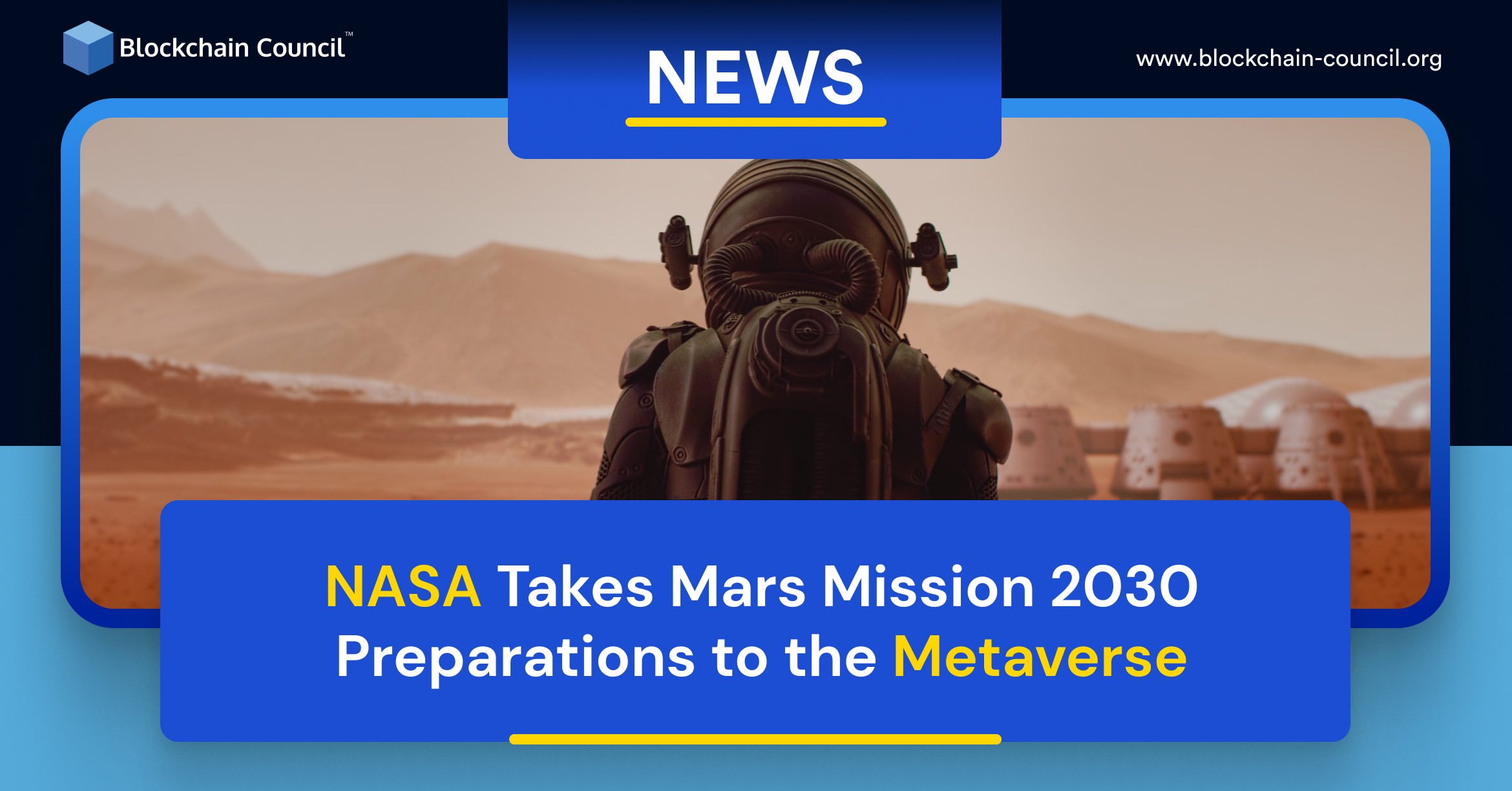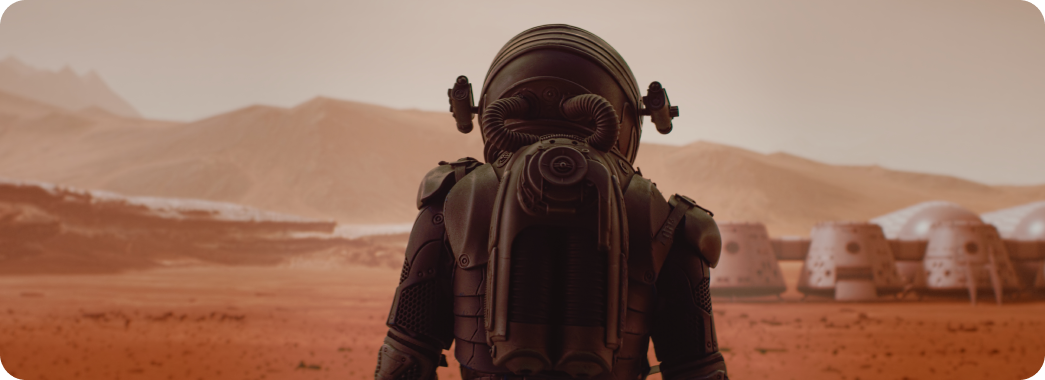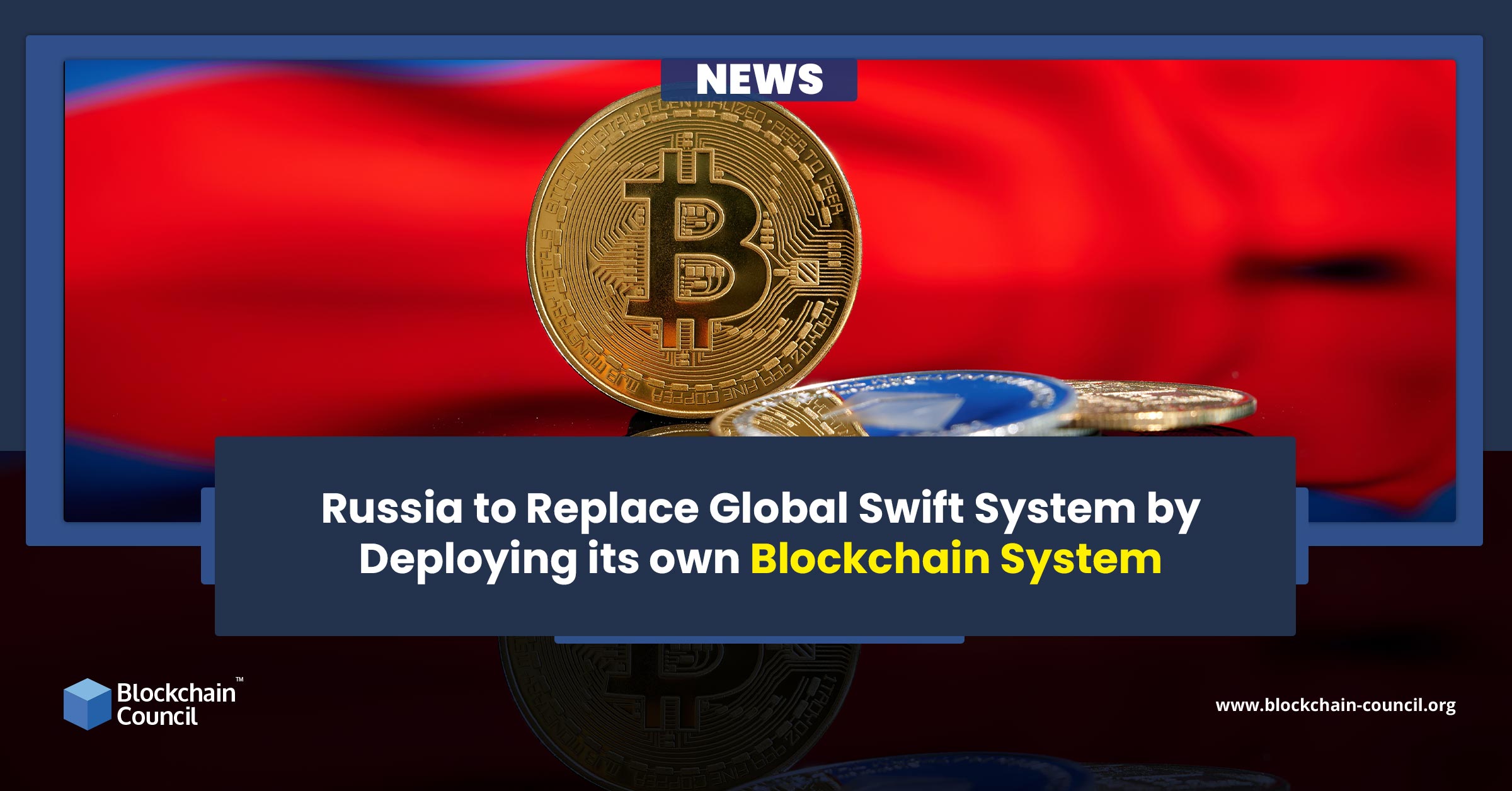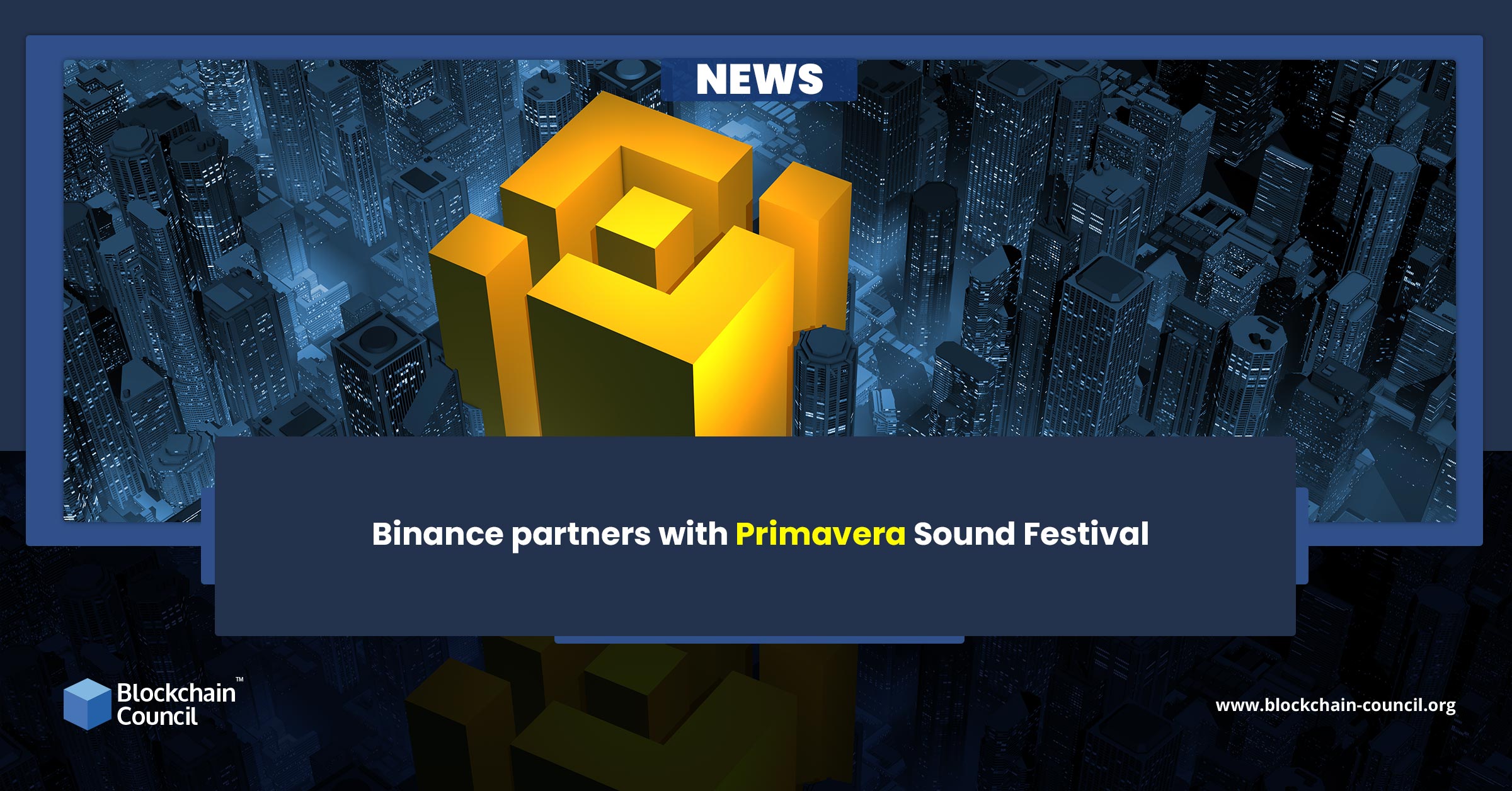
- Blockchain Council
- September 17, 2024
NASA is planning to use Metaverse as a virtual reality solution for immersive learning with digital and virtual real-world scenarios with the help of 3D modeling techniques. The organization announced a new crowdsourcing program to develop a virtual reality (VR) Mars simulator in the past week to simulate a real-life Mars environment for training programs. NASA is trying hands-on 3D experiences with Metaverse as a simulator to prepare astronauts for various situations they would run through on a journey to the Red Planet.
With a crewed mission to Mars planned for the middle of the 2030s, NASA has started to scale up crew preparation with the help of Web3 technologies. Thousands of tasks that humans may require to perform on Mars have been listed by NASA experts. These tasks vary in complexity, from simple habitat construction to complex routine fuel tank checks.
Patrick Estep, a human performance engineer at NASA, stated, “These assets and scenarios will be essential to exposing researchers and test subjects to EVA-relevant scenarios, procedures, and informatics while on the Red Planet.”
The American Space Research body is organizing a competition among participants by making this activity a contest. In this competition, the teams will be given access to a pre-built digital 3D environment that can simulate the gravitational force of Mars with realistic terrain conditions. They are then tasked with completing specific missions in this domain. The competition is divided into two stages:
Stage 1: Building Training plans
Stage 2: Developing VR to execute those training plans
HeroX, a crowdsourcing network; Epic Games, the producer of Fortnite and Unreal Engine; and Buendea, a provider of immersive VR, are among the crowdsourcing partners in the contest. The competition has already received 2,300 applications, and $70,000 will be awarded to several winners.
Notably, NASA has relied extensively on costly physical simulators, including human centrifuges, analog missions, and even huge mock terrains, to train people for space. The shift to virtual gives NASA a lot of flexibility to create training scenarios that are just as complex at a fraction of the cost.
If you want to keep up with the trends of blockchain industry, join our communities on Discord, Reddit and Telegram.






































































 Guides
Guides News
News Blockchain
Blockchain Cryptocurrency
& Digital Assets
Cryptocurrency
& Digital Assets Web3
Web3 Metaverse & NFTs
Metaverse & NFTs
